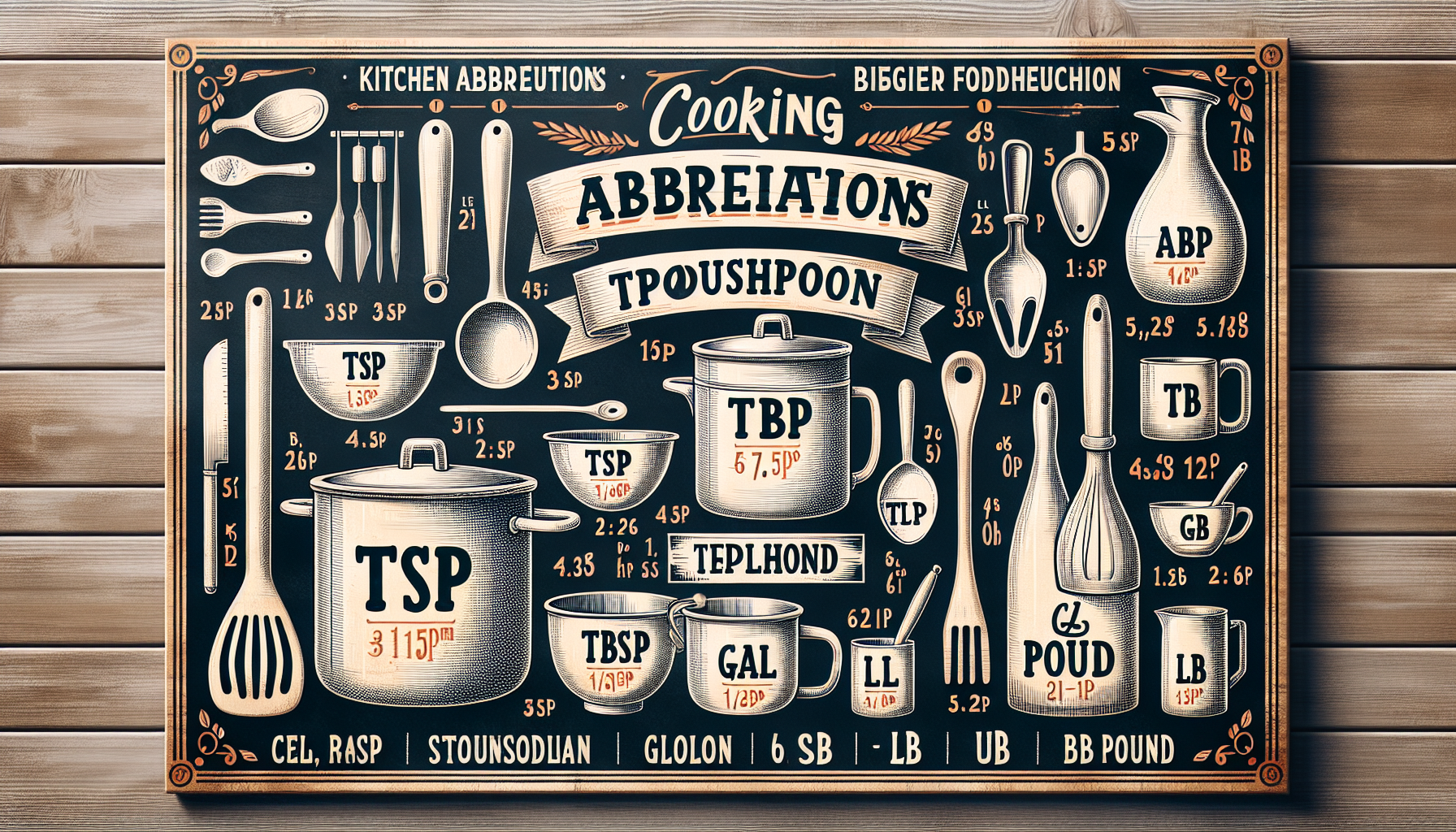Importance of Accurate Measurements in Cooking
When it comes to culinary endeavors, accurate measurements play a pivotal role in ensuring the success of a dish. Whether you’re a seasoned chef or an aspiring home cook, precision in measurements is fundamental in achieving the desired outcome. Two critical aspects where precise measurements are essential are in ensuring consistency in recipes and in achieving the desired results in baking.
Ensuring Consistency in Recipes
Consistency is key when it comes to following recipes. Accurate measurements of ingredients not only guarantee that the dish tastes the same each time it is prepared but also helps in achieving the right texture, flavor, and overall presentation. Whether it’s a pinch of salt or a cup of flour, even the slightest variation in measurements can alter the final outcome. By adhering to standardized measurements, chefs can reproduce their signature dishes with accuracy, building a reliable culinary repertoire.
To learn more about the equivalences and conversions of cooking measurements, visit our guide on cooking measurement equivalents for a comprehensive breakdown of common kitchen measurements.
Achieving Desired Results in Baking
In the realm of baking, precision is paramount. Baking is a science that requires exact measurements to ensure that chemical reactions occur correctly and that the texture and structure of baked goods meet expectations. From grams to cups and teaspoons to milliliters, every ingredient plays a crucial role in the final product. Whether it’s measuring baking soda for leavening or butter for richness, the accuracy of measurements directly impacts the texture, flavor, and appearance of cakes, cookies, bread, and pastries.
For those delving into the world of baking, understanding the difference between volume and weight measurements is essential. Explore our article on volume vs. weight measurements for insights on when to use each type of measurement and how they affect your baking outcomes.
By appreciating the significance of accurate measurements in cooking, both novices and seasoned cooks can elevate their culinary skills, develop a deeper understanding of ingredient interactions, and consistently create delicious and well-executed dishes.
Deciphering Common Cooking Abbreviations
Understanding common cooking abbreviations is fundamental for following recipes accurately and achieving optimal results in the kitchen. Here, we break down the abbreviations commonly used for measuring ingredients in cooking and baking.
Cups and Tablespoons (tbsp. vs. tsp.)
| Abbreviation | Measurement |
|---|---|
| tbsp. | Tablespoon |
| tsp. | Teaspoon |
Tablespoons (tbsp.) and teaspoons (tsp.) are often used to measure smaller quantities of ingredients like spices, extracts, and liquids. It’s important to note that a tablespoon is larger than a teaspoon, so using the correct measurement is crucial for the flavor and consistency of your dishes.
Pounds, Ounces, and Gallons (lb., oz., gal.)
| Abbreviation | Measurement |
|---|---|
| lb. | Pound |
| oz. | Ounce |
| gal. | Gallon |
Pounds (lb.), ounces (oz.), and gallons (gal.) are typically used to measure larger quantities of ingredients, especially in baking and cooking recipes that yield multiple servings. Understanding these abbreviations helps in accurately scaling recipes for different batch sizes.
Teaspoons and Milliliters (tsp., ml)
| Abbreviation | Measurement |
|---|---|
| tsp. | Teaspoon |
| ml | Milliliter |
Teaspoons (tsp.) and milliliters (ml) are commonly used to measure liquid ingredients like water, oils, and syrups. While teaspoons are often used for small liquid measurements, milliliters provide a more precise measurement for liquids in recipes.
Fahrenheit and Celsius (F, C)
| Abbreviation | Measurement |
|---|---|
| F | Fahrenheit |
| C | Celsius |
Temperature abbreviations like Fahrenheit (F) and Celsius (C) are crucial for setting the right heat levels when cooking or baking. Understanding these abbreviations allows you to follow temperature instructions accurately, ensuring that your dishes are cooked or baked to perfection.





